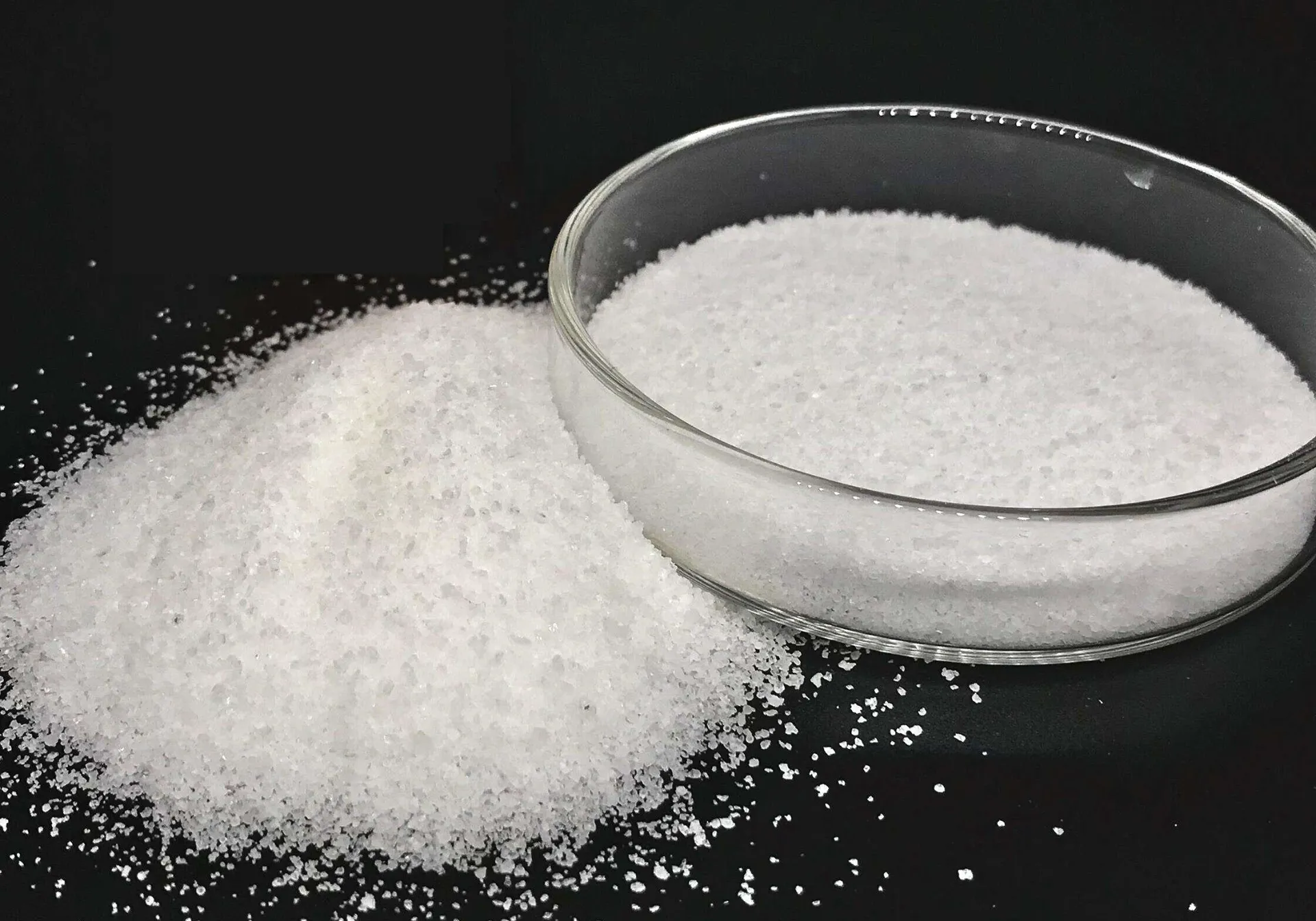



The Role of Potassium Peroxymonosulfate in Enhancing Anaerobic Digestion for Fatty Acid Production
Anaerobic digestion has become a sustainable and efficient approach to convert waste sludge into valuable resources. This article explores how potassium peroxymonosulfate (PMS), with its unique KHSO5 structure, aids in the production of short-chain fatty acids (SCFAs) while addressing critical challenges in sludge treatment.

Enhancing Sludge Anaerobic Digestion with Potassium Peroxymonosulfate Pool Treatment
Sludge anaerobic digestion is a multi-phase process involving hydrolysis, acidogenesis, and methanogenesis. During the acidogenesis stage, complex organic materials such as proteins, fats, and carbohydrates break down into SCFAs. However, the efficiency of this process often faces bottlenecks. Introducing potassium peroxymonosulfate pool treatments has proven to accelerate hydrolysis, where monopersulfate oxidizes cell walls and releases intracellular organic matter.
This method not only improves SCFA yields but also suppresses methanogens in the methanogenesis phase, ensuring SCFAs are not consumed to form methane. The robust oxidation capacity of monopersulfate radicals (SO4•–) further enhances organic matter breakdown, paving the way for more efficient nutrient cycling in wastewater treatment plants.
The Unique KHSO5 Structure and Its Role in Anaerobic Digestion
The KHSO5 structure, a critical component of PMS, plays a vital role in sludge pre-treatment. This compound is stable, water-soluble, and generates highly reactive free radicals under specific conditions. When applied in anaerobic digestion systems, the potassium peroxymonosulfate pool provides sustained oxidation without introducing secondary pollutants.
This property makes PMS an environmentally friendly choice, addressing concerns about chemical residues or byproducts often associated with other chemical treatments. Its effectiveness lies in its ability to target recalcitrant organic compounds, breaking them down into bioavailable forms for microbial utilization.
Applications of Potassium Monopersulfate Beyond Sludge Treatment
Beyond its role in sludge anaerobic digestion, water treatment chemicals like monopersulfate has found widespread use in other areas of wastewater management. For example, it is commonly used as a pool disinfectant under the name potassium peroxymonosulfate pool treatment, ensuring safe and clean swimming environments. This versatility highlights the adaptability of PMS in various environmental and industrial settings.
In sludge treatment, this dual functionality—oxidative pre-treatment and disinfection—provides an added advantage, reducing pathogen loads while enhancing organic matter bioavailability.
Benefits of Using Monopersulfate in Sustainable Waste Management
The use of potassium peroxymonosulfate addresses key challenges in waste management, such as the high costs of sludge treatment and environmental concerns associated with untreated sludge. By integrating PMS into anaerobic digestion processes, facilities can achieve:
- Higher SCFA yields: PMS breaks down complex organic materials, increasing the availability of substrates for microbial fermentation.
- Reduced energy consumption: Unlike thermal or ultrasonic methods, PMS treatment requires minimal energy input.
- Minimal secondary pollution: The decomposition of PMS leaves no harmful residues, aligning with sustainable waste management goals.
These benefits underscore the value of incorporating PMS into sludge treatment workflows, offering a cost-effective and environmentally friendly solution.
Future Prospects for Potassium Monopersulfate in Anaerobic Digestion
The integration of monopersulfate into sludge management is a promising advancement. Ongoing research aims to optimize conditions for PMS application, including concentration, pH, and reaction time. Furthermore, combining potassium peroxymonosulfate with other advanced oxidation processes (AOPs) could further enhance SCFA production while addressing sludge volume reduction.
As wastewater treatment regulations tighten, the role of innovative compounds like PMS will likely expand, providing a pathway for resource recovery and environmental sustainability.
By leveraging the unique properties of potassium peroxymonosulfate, particularly its robust KHSO5 structure, facilities can transform waste sludge into valuable SCFAs. This approach not only aligns with sustainable development goals but also contributes to cleaner, more efficient wastewater treatment systems.
-
Leading Washing Powder OEM Brands | Custom Private Label DetergentNewsSep.01,2025
-
High-Purity Strontium Chloride (SrCl2) for Lab & IndustryNewsAug.31,2025
-
Anhydrous Formic Acid 80% 85% 94% - High Purity SolutionsNewsAug.30,2025
-
Accurate Fire Assay Flux for Gold & Silver Ore AnalysisNewsAug.29,2025
-
Advanced Paint Chem Solutions: Quality Chemicals for CoatingsNewsAug.28,2025
-
Potassium Nitrate: The Ultimate Fertilizer for Agriculture and GardeningNewsAug.25,2025
-
Potasium Persulphate: A Versatile Chemical for Industrial ApplicationsNewsAug.25,2025










